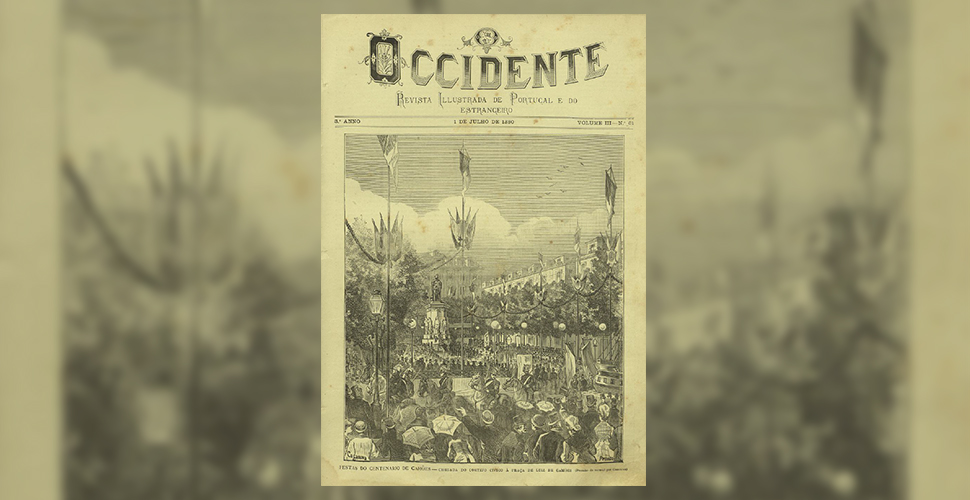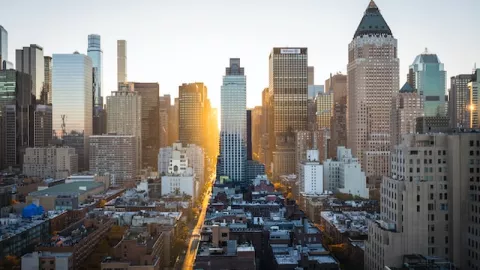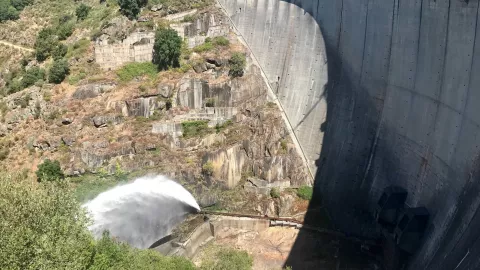Do this exercise: can you imagine what it would be like to live without electricity? You have no cell phone, no computer, no television. There is no fridge or washing machine. At night, the streets are in the dark, and at home you can count only on the flickering light of candles or gas, oil or olive lamps. Can you really imagine this? Only after this can we begin to realize what it means to press a switch to turn on a lamp for the first time.
We could use old images and archives to tell the history of electrification in Portugal, but we know that the memory of those who actually lived it can be an infinitely more valuable resource. We listen to the stories of four people who worked in the national energy industry, before and after the revolution of April 25th, 1974, and show their testimony in the next few paragraphs.
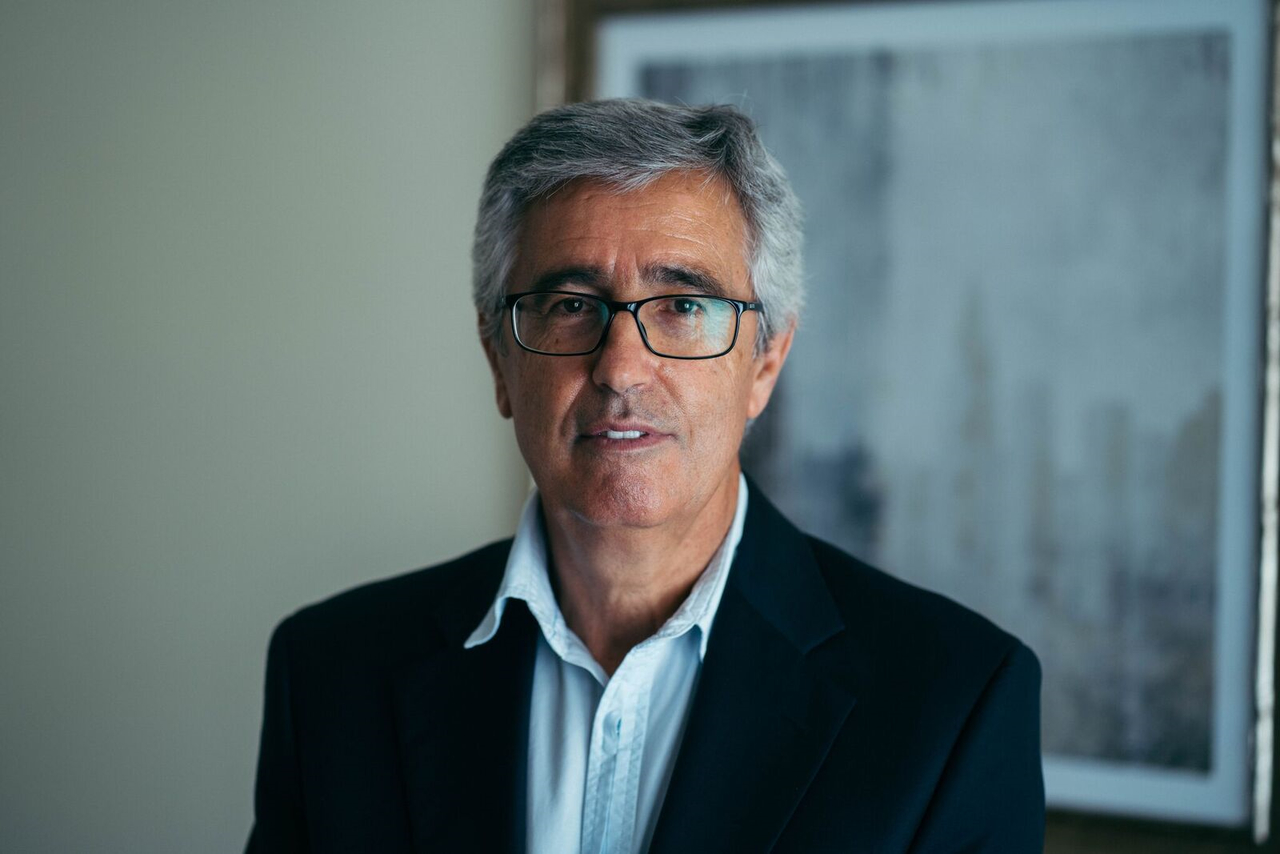
“The kitchen was centered around the fireplace, which was lit in the morning and burnt until the night. There were also oil stoves. A pump had to be used, there was no gas distribution at the time. Our relationship with the outside world was achieved through the use of a relatively large radio with valves (...) and that's how it was, we could only study during the day, because at night the only light was from candles, an oil lamp, or an acetylene lamp, which we made ourselves."
Mário Perdigão
Former diretor of International Projects at EDP Produção
Cascais Citadel as a debut stage
The history of the electrification of Portugal had many advances and setbacks, but it begins in the nineteenth century.
When we think of the country's electrification process, we immediately think of indoor lighting, but the first step was on the streets with street lighting.
The year when republican deputies were elected for the first time in the Portuguese Parliament (1878) was also the year when the first known electric experiment occurred: on September 28th, during the celebration of the 15th birthday of Prince D. Carlos, lamps were lit on the Cascais Citadel esplanade. These were offered by the City of Lisbon and used again the following month in the Chiado area.
This royal event kicked off the electrification of Portugal and the Portuguese people were thrilled with the news. In Lisbon, families took excursions to see the electricity-operated lamps that no longer left an unpleasant smell in the air, illustrated in the following imagens provide by Hemeroteca Municipal de Lisboa.
The fascination with light was enormous but the process was slow.
It was at his office in Lisbon that we spoke to Francisco Sánchez about the history of the country's electrification. He prepared for our conversation by collecting some historical facts that seemed to no longer be remembered, and helped us unravel the history of electricity production and distribution as a succession of initiatives, sometimes from private institutions, other times from public ones.
After the spectacle of lighting up the first lamps in Cascais, the fascination with electricity continued to grow, and in the late nineteenth and early twentieth century, the first companies that produced and distributed electricity emerged:
- 1891 - Companhias Reunidas Gás e Eletricidade (CRGE);
- 1903 - Construction of the Boavista Plant;
- 1908 - Ouro Plant;
- 1909 - Construction of the Desterro Plant;
- 1914 - Tejo Plant;
- 1919 - União Elétrica Portuguesa.
Francisco Sánchez explains that "in Lisbon, after several small plants were built in the city, the construction of the Tejo Plant began. Its construction started in the beginning of the First World War. Then it grew successively and even served the municipalities around Lisbon."
Despite this, the economic and social development of the country did not seem to enable the growth of electricity production, despite the increasing relevance of the debate on hydroelectricity production. Gas lighting persisted on the streets of Lisbon until 1965, the year when the last gas lights were replaced by electrical ones in Bairro Alto and Bairro de Santa Catarina.
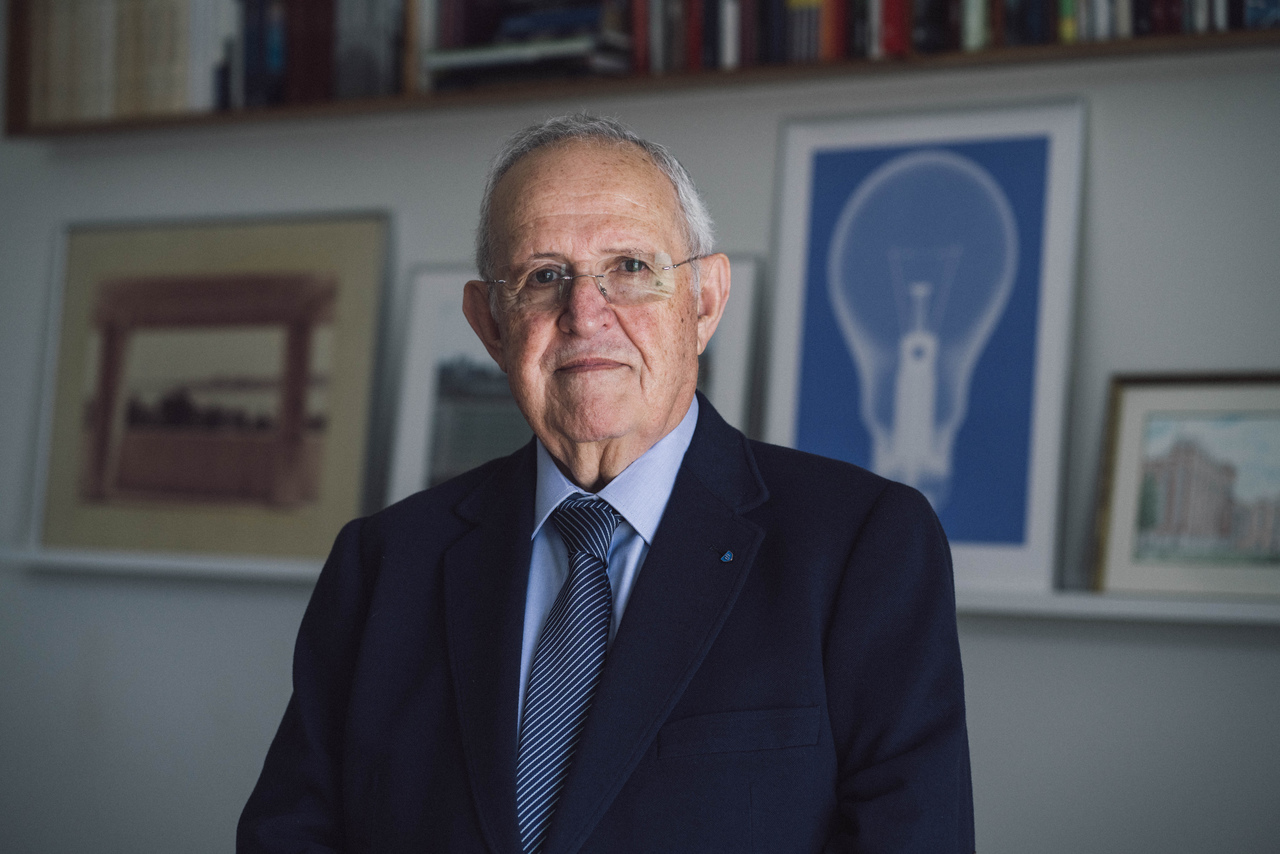
“At the time, street lighting was an extremely important agenda as there were many people with no light. The actual use (of electricity) in Portugal began with small industries that craved electricity, bought their own generators and had additional energy, more than they needed.”
Francisco Sanchéz
Former President of EDP's Board and of Fundação EDP
Outside, World War II Inside, the progress of electricity
We go back to 1944. On June 6th, D-Day, the Allies invade Normandy to free France from Nazi Germany. In Portugal, we were under the Estado Novo regime and the government of António de Oliveira Salazar had declared itself neutral. This was the year when the Portuguese State set the development of hydroelectric power plants as a priority with the Electrification Law.
Although he did not live in this period, Mario Perdigão knows this part of history well.“My life and the lives of my closest relatives were ultimately shaped by what was called the Electricity Law, designed by engineer Ferreira Dias (...) It dictated how the country should move to another phase on the issue of electricity, regarding both production and distribution.”
Shortly after, the companies Hidro-Elétrica do Zêzere and Hidro-Elétrica do Cávado were formed. The Companhia Nacional de Eletricidade (CNE) was formed in 1947. “As such, Portugal lived practically on renewable energyand we are moving toward it again. History has these trajectories,” Francisco Sanchéz says, smiling.
A New Social Identity: the 'Barragistas'
Mário Perdigão joined EDP in 1979, but his journey in the energy sector started much earlier. He clearly remembers his childhood days in the yards of the producing plants where his father worked. He had 5 siblings and showed interest in studying from an early age. His educational journey eventually made him settle in Porto as the plant only had an elementary school. "When I was on vacation, I spent my time at my parents' house, in the plant yard or in the area where they lived."
As one can imagine, the construction of the large hydroelectric plants involved the participation of thousands of workers, and it took a good number of years to complete them. This multitude of migrant workers who have built dams in Portugal, gave rise to a distinct identity: the 'barragistas'. The Barrocal do Douro neighborhood, created to support the Picote hydroelectric exploration, is a milestone in the history of these 'barragistas'. In the 1950s, the construction of dams was part of the industrialization framework of the country and always meant economic and social development for the different regions.
In less than a decade, energy production was around three times more than that of 1950 and the dominance of hydropower over thermal power became unquestionable. And energy consumption didn't stop growing. Various industries, city councils, and citizens began to depend on electricity. Therefore, the following decades brought the introduction of large coal and fuel-oil power plant groups (Tapada Outeiro and Carregado).
Despite having spent his childhood in the yards of the producing plants, Mário Perdigão favored a career in thermal energy. “Thermoelectricity is the last resort. If there is no water in the dams and if there is no interconnection capacity to bring electricity from Spain to Portugal, thermal plants are the last resort. It is necessary to preserve thermal plants so that this reserve is available when other primary energy sources do not have the capacity to supply the country,” he explains.
During the 1990s, thermoelectric power accounted for a large share of total energy production in Portugal - about 70%.
From a free country to a liberalized market
In the 1950s and 1960s, the landscape of electricity in Portugal changed so that the 'magic' of the light bulb and the light switch reached everyone.
The '50s
The State implemented a policy for the economic support planning of electrification. Through co-funding, which municipalities, federations of municipalities, and private dealers could use, small thermal power plants were built, as well as energy transmission and distribution networks and small urban and rural distribution.
The '60s
Electricity consumption continued to increase, which led to the need to consolidate infrastructures, update the inventory of national water and thermal resources, and define their use. Although it seemed that Portugal was finally on its way to full electrification, in 1966, there were still many parishes where there was no electricity. The government had to broaden its support to rural electrification.
In the late 1960s, the State determined the merging of concessionaires of hydroelectric plants, thermoelectric projects, and energy transportation. This global and unified concession was assigned to Companhia Portuguesa de Eletricidade (CPE). It became the largest Portuguese company in the sector, accounting for 95% of electricity produced in the country. It ceased to exist when EDP was created in 1976.
The 70's and rural electrification
In the mid-1970s, the energy sector moved into a new phase: nationalization. After April 25th, 1974, social and political conflict dominated the country.
EDP was created in 1976 and inherited a complex scenario of imbalance in the electrification of the entire territory. Electricity distribution was concentrated in large urban centers, which meant that part of the country was still in the dark. In addition, it was necessary to increase the capacity of the power generation units.
As electricity becomes indispensable for various purposes, consumption increases and the need for stability emerges. Portugal faced industrial precariousness, lack of organization of the electricity sector, and a sudden oil crisis. These were not favorable factors for the development of a public company, but EDP had three main goals:
- Total electrification of the territory;
- Improving the quality of the services it provided;
- Tariff standardization.
Francisco Sanchéz remembers those times very well. He followed the evolution of the electricity sector before and after the Carnation Revolution. “At the time, two major operations became known in the company's slang: Operation Trás-os-Montes and Operation Beira Baixa. Those were particularly dark areas and it was important to address them quickly. I would say that in the 1990s the problem would be solved.“
“It was necessary to produce in order to cover the whole country. Within the EDP group, it was EDP Produção's responsibility to increase the installed capacity of the producing electric park. So the Setúbal plants were built, then the plant in Sines, then the one in Pego. The latter was then sold in the process of privatization and opening to the energy market”, Mário Perdigão summarized.
With eyes on the 21st century
As we entered the 1990s, few municipal electricity services were not within EDP's purview. The company was dictating a plan of economic and financial restructuring, improving the methods and systems of management and improving its structures. By the end of the previous century, the political power was already thinking of moving forward with the privatization of EDP. This process took several years and was finalized on February 14th, 2013.
The emerging challenges of the 21st century are focused on the liberalization of the energy market, the diversification effort, and the environmental imperatives with the use of alternative energies. We're shifting to the use of natural gas, wind energy, solar energy, and sea energy.
It was a long journey... Where are we heading?
The future is renewable. So it should be, and so believes Mario Perdigão. "It has to be. For the sake of sustainability of humanity itself. The demand for energy will increase. It is not plausible for non-renewable energy sources to have the capacity to do the job because fuel reserves are finite and, therefore, it is not possible to continue to focus on production growth based on thermoelectric energy. It will always be a reserve.”
Although he is no longer at EDP, Francisco Sánchez, the company's former president, still has a clear idea of what the future might look like: “EDP is a reference company for its technological progress as well. The future challenges will revolve around the 3 D's of energy transition: digitalization, decarbonization, and decentralization.”
EDP is aware of the progresses and challenges of the future of electric energy. Today, it is a leader in the global energy sector and wants to remain a distinctive company, always focused on growth. The goals are outlined and will always consider environmental concerns, technological innovation, social responsibility and, of course, the customer. Because today it is impossible to imagine ourselves without electricity.
